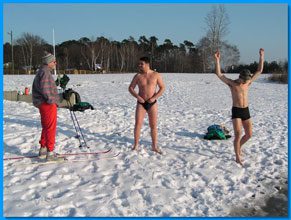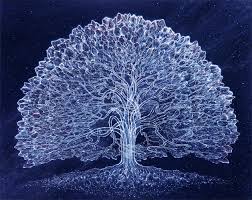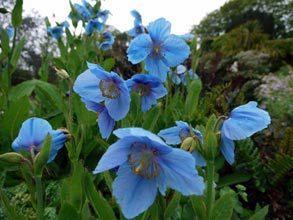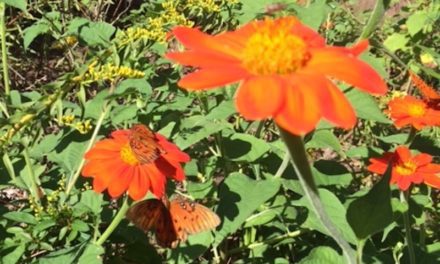 After that gorgeous premature blast of super-spring in February and the first days of March, we got our predictable come-uppance with insane cold that felt doubly cold because we all (including our garden plants) got into that springtime feel-good mood.
After that gorgeous premature blast of super-spring in February and the first days of March, we got our predictable come-uppance with insane cold that felt doubly cold because we all (including our garden plants) got into that springtime feel-good mood.
I found myself actually setting the thermostat higher to feel warm enough when the cold came, even though I knew I’d been perfectly comfortable all winter three degrees cooler.
Our plants, however, can’t make such adjustments to their surrounding temperature, and when there’s a sudden drop – especially after a fairly extended warm period like the one we just had – they feel sort of like they’ve been left out in the snow in only their swimsuits an d flip-flops. Sometimes they get frostbite.
d flip-flops. Sometimes they get frostbite.
Here in the Beaufort garden, most plants came through it all pretty well: the bulbs and flowers that had started their budding out, the early blooming trees like redbuds and tulip magnolias, the bright fresh green leaves popping out everywhere – they may have suffered the winds blowing off many of the flowers, and even shredding some of the new leaves, but there seems to have been no real threat from frost damage.
Inland, though, we faced some actual freeze damage to the tenderest of the new leaves. The strong winds combined with the cold weren’t satisfied with blowing all the tulip magnolia flowers to the ground; the pear trees lost all their flowers, and the drying cold gusts managed to dessicate some of the tender green growth at the tips of many shrub branches. I don’t think many plants were severely damaged, even though we did get freezing temperatures at the farm on a couple of nights. The worst of the frost-burn seems to have been on my prized – and rare – Gordlinia grandiflora
The camellias in the farmhouse garden, several dozen well-established shrubs/trees, handled the warm-cold-warm changes quite well. Cold weather almost always wipes out any open, exposed camellia blooms, but the massive numbers of buds aren’t usually damaged and open in their own time once the weather warms a bit.
One surprise was discovering that those March winds had been strong enough to blow down a rather large part of the weeping yaupon holly I had planted near the big screened porch.
It was a vertically growing leader, one of three such trunks on the shrub, and they made a thoroughly inviting tangle of branches and foliage and red berries that were lovely to look at. They were especially enticing to the marauding cedar waxwings, blue birds, indigo buntings, painted buntings, cardinals, finches, and other regular visitors to that holly.
The hummingbirds rested on the twigs, the wrens hid among the branches when our red-tailed hawk flew over, the quail ducked behind the ground-sweeping branches on their trek across the yard. Losing a third of that tree will change much in our little ecosystem, and I will have to trim and prune to help the tree regain some of its elegance and function.
 I did warn you. And I reminded myself repeatedly: don’t be fooled by the early spring that shows up. Always remember that March has often been the month of ice storms, snow storms, and surprise freezes. Spring is never safely arrived, I learned from the old-timers, until the pecan trees start leafing out. Our pecan trees had shown no sign of being ready to sprout new growth when the cold snap hit. I do see the first hints of buds breaking out as you read this, so I guess it’s safe now to say, “Spring has sprung!” Finally!
I did warn you. And I reminded myself repeatedly: don’t be fooled by the early spring that shows up. Always remember that March has often been the month of ice storms, snow storms, and surprise freezes. Spring is never safely arrived, I learned from the old-timers, until the pecan trees start leafing out. Our pecan trees had shown no sign of being ready to sprout new growth when the cold snap hit. I do see the first hints of buds breaking out as you read this, so I guess it’s safe now to say, “Spring has sprung!” Finally!
~
The photographs above are from Wikimedia Creative Commons. “Frosted Leaves” is by Ronald Saunders. “Snow Swimmers” is by Marek Rozgrswewka. “Pecan in Spring” is by PMATAS.







